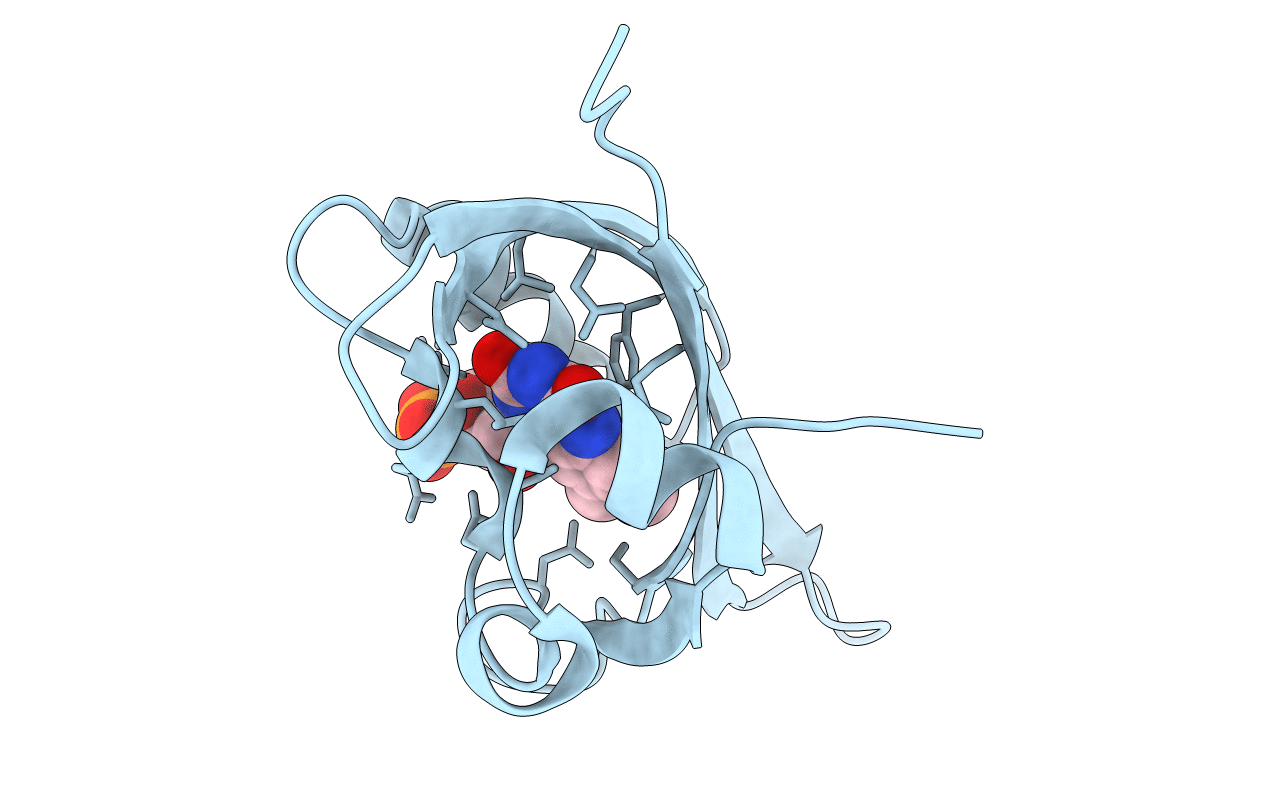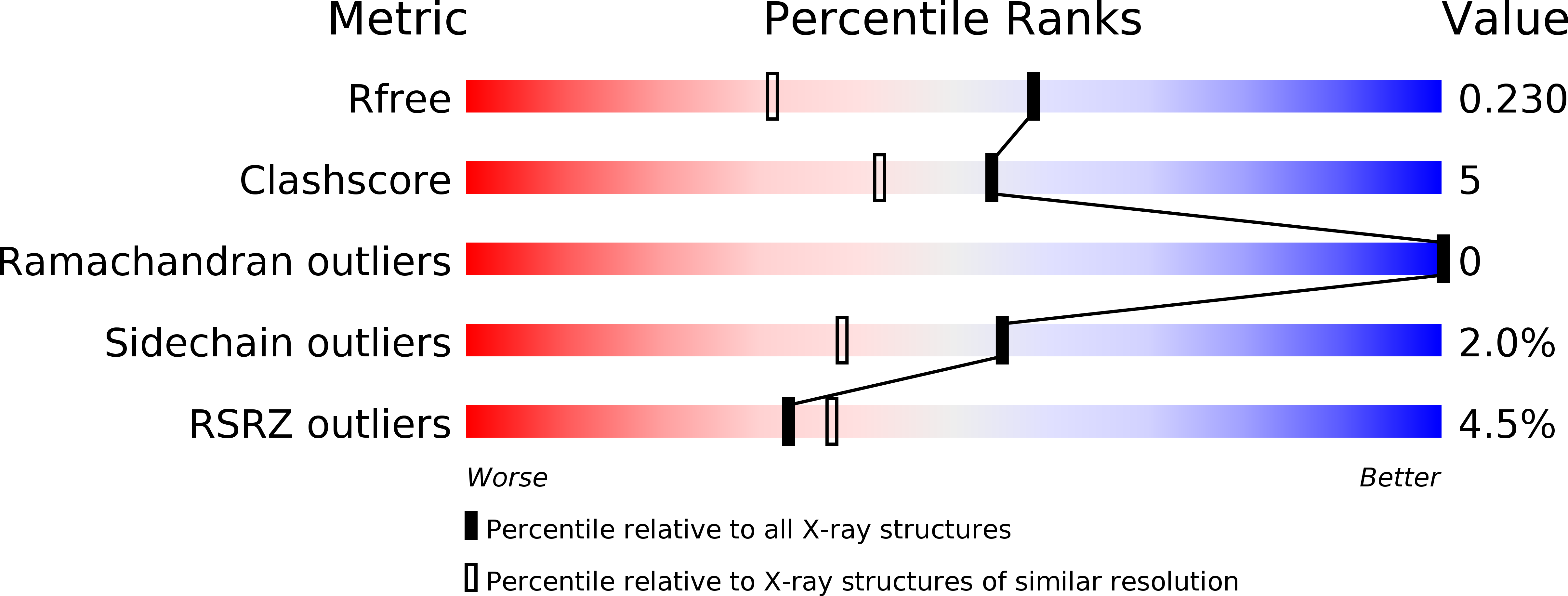
Deposition Date
2012-03-28
Release Date
2012-05-16
Last Version Date
2023-09-13
Entry Detail
PDB ID:
4EEP
Keywords:
Title:
Crystal structure of LOV2 domain of Arabidopsis thaliana phototropin 2
Biological Source:
Source Organism:
Arabidopsis thaliana (Taxon ID: 3702)
Host Organism:
Method Details:
Experimental Method:
Resolution:
1.70 Å
R-Value Free:
0.23
R-Value Work:
0.21
R-Value Observed:
0.21
Space Group:
P 43 21 2


